As Ireland gets out the papal bunting for Pope Francis, he will touch down in a Catholic country vastly different from the one where his predecessor John Paul 11 kissed the tarmac. The results of the abortion referendum and the yes vote for gay marriage show that Ireland is clearly less deferential to the decrees of Rome than the one where 1.25 million flocked to the Phoenix Park for a papal Mass.
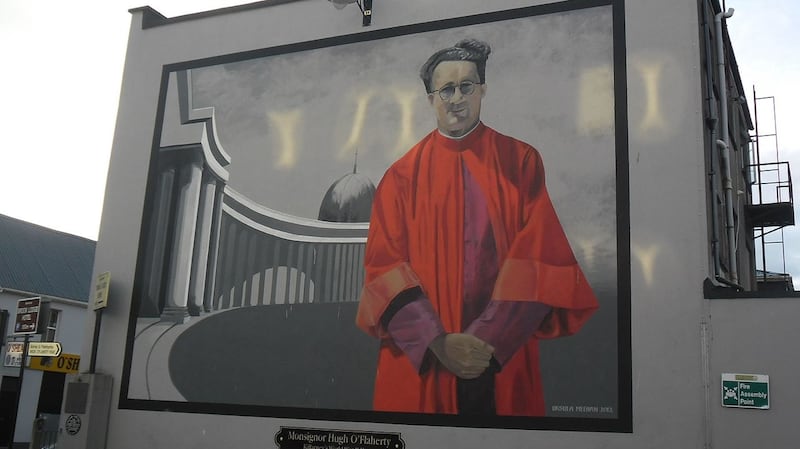
Indeed, in the last 40 years the church has suffered a spectacular fall from grace with revelations about abuse and then cover-ups of heartbreaking scandals, from the Magdalene laundries to the Tuam babies. Controversy over the “virus of misogyny” and the teaching of religion in schools challenge the power of religious institutions in a modern society. Archbishop Diarmuid Martin has been outspoken about how the pope’s visit comes at a time of crisis “as the Church in Ireland struggles to find a new place in Irish society and culture”.
Perhaps one place to start would be by demonstrating and celebrating uncompromising compassion. One wonders, for example, how much Pope Francis knows about the heroism of Monsignor Hugh O’Flaherty, another maverick cleric with the common touch who was perhaps the most remarkable Irishman to ever serve at the Vatican.
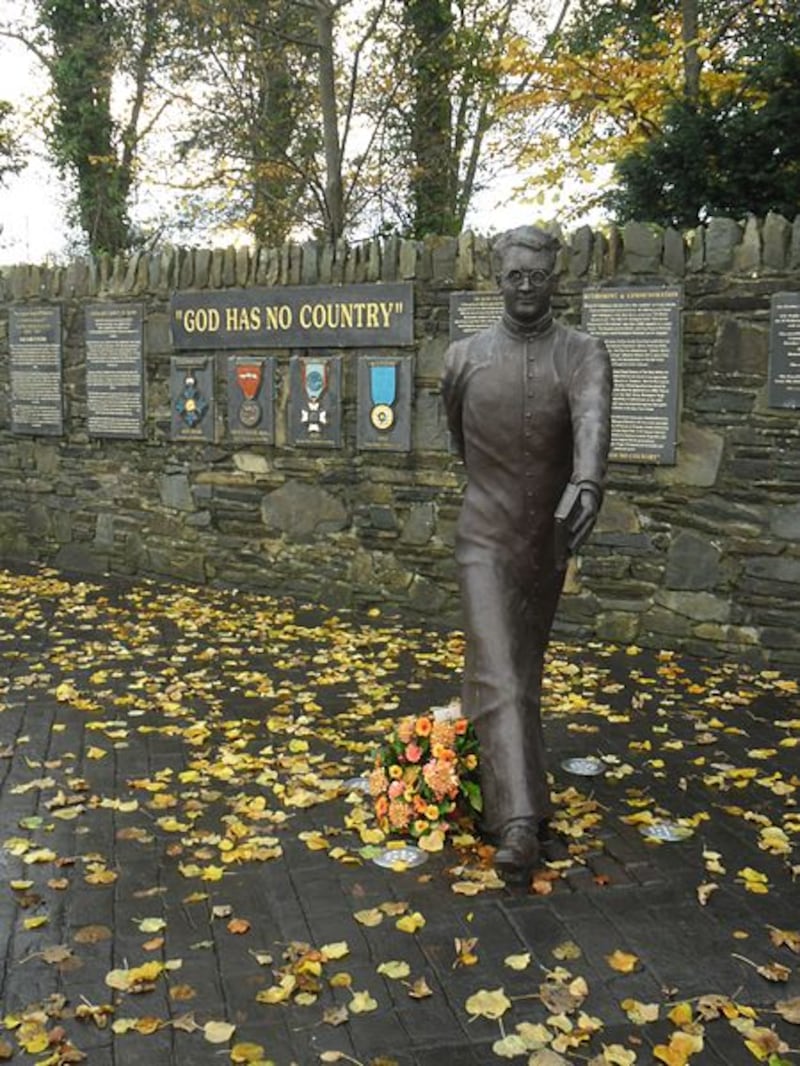
Monsignor O’Flaherty, the son of a steward at the Killarney golf course, was fluent in Italian and German, held three doctorates and was an amateur golf champion. But his real claim to fame was as the “Vatican Pimpernel” in Nazi-occupied Rome in the second World War. As the lead behind the “Rome Escape Line”, he saved the lives of six and a half thousand prisoners of war, partisans and Jews. And he did it all with considerable panache from his HQ in of all places the German College, nestled right beside Saint Peter’s Basilica.
Despite a 1980s TV film starring Gregory Peck and honours showered on him by the Allied nations, Italy and Israel after the war, he is hardly a household name. Yet, he has been called the Irish Schindler who took on the Third Reich in a daring operation, sheltering fugitives in convents, monasteries and Italian homes.
He smuggled out Jewish people disguised as nuns and monks, passed partisans off as Swiss guards and hid the thousands of prisoners of war who flocked to him on the steps of St Peter’s. They were seeking the sanctuary of the church at a time when Hitler recognised the Vatican’s neutrality, all under the noses of Nazi guards. He was also fond of the odd disguise himself – once as a coalman to evade a Nazi raid on a palazzo. He was even rumoured to have dressed as a nun.
He was a strikingly modern figure in so many ways: ecumenical, well connected, compassionate to all-comers. Like his fellow Kerryman Tom Crean, he engaged with the British in an enterprise that transcended national borders. His story is one of humanity against oppression, where “God has no country” in his striking phrase.
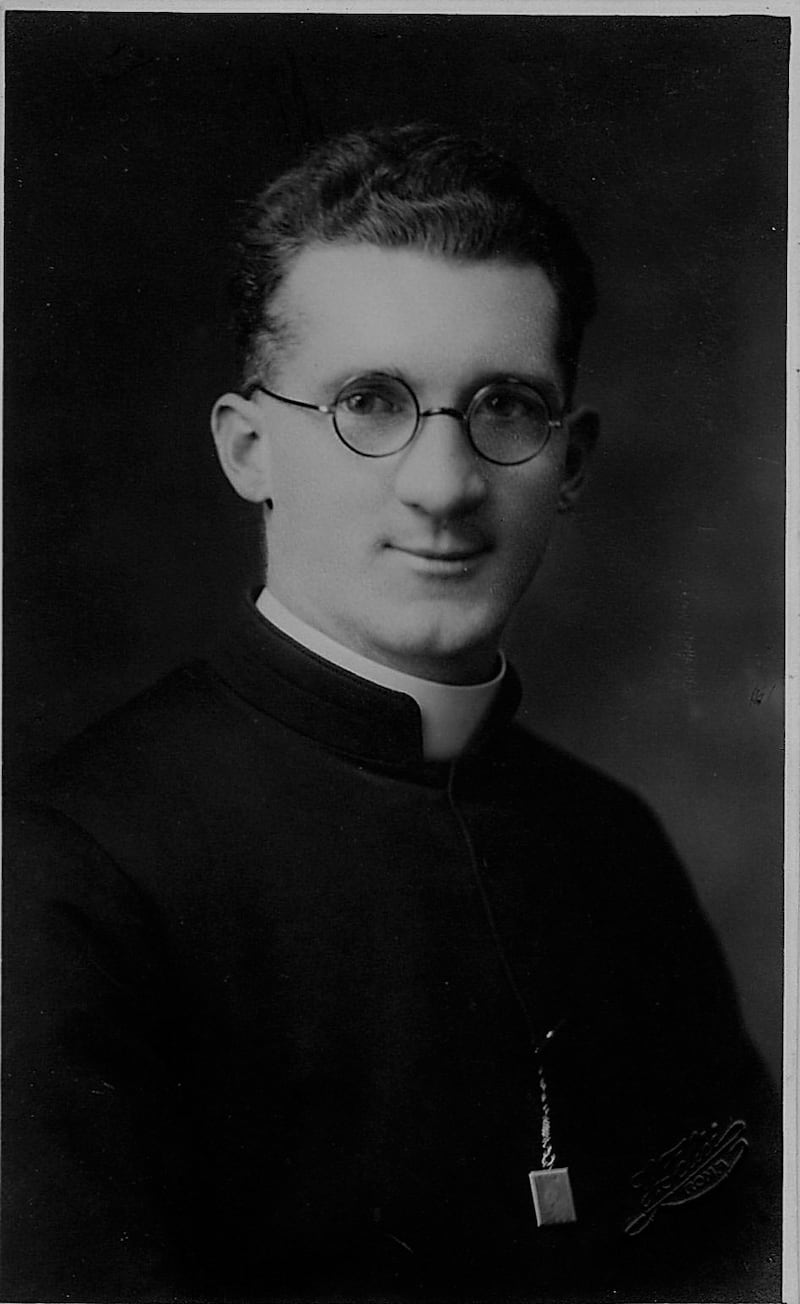
I had seen his statue many times outside the National Park in Killarney town centre. But it was only when Colm Ó’Súileabháin, the headmaster at my nephew’s school “The Mon”, pointed to the mural in the school and said to me “Behold the subject of your next book!” that I gave it serious thought.
Once I learned about the sheer scale of his exploits, this was a compelling story. But how to tell it for contemporary children unlikely to be attracted to the story of a priest no matter how heroic. Leo came to me in a flash. He is 12, irreligious, half Jewish and half Irish and a natural sceptic, not inclined to think highly of a “man in a dress”.
While he’s an invented character, there were, remarkably, children like him caught up in the second World War. There’s an excellent memoir by Peter Ghiringhelli called A British Boy in Fascist Italy that tells the story of one such boy, although as the son of a fascist, his circumstances and location were very different. Rome was a cosmopolitan city where people got stuck. Children too also played a strong role in the Italian resistance. The funding for Rossellini’s masterpiece Rome Open City, came from a sponsor who wanted to honour the role of children and the clergy in the resistance.
While controversy still rages about the role of Pius X11 during the war – was he “Hitler’s pope” or forced into outward signs of compliance to protect Vatican neutrality and Catholics involved in a plot to assassinate Hitler in Germany? – it’s fair to say that the Irish clergy in Rome under the guidance of Monsignor O’Flaherty had a good war. There were nearly 500 of them and quite a few risked their lives on a daily basis, smuggling documents, food and medical supplies inside their habits and cassocks and harbouring fugitives within their walls.
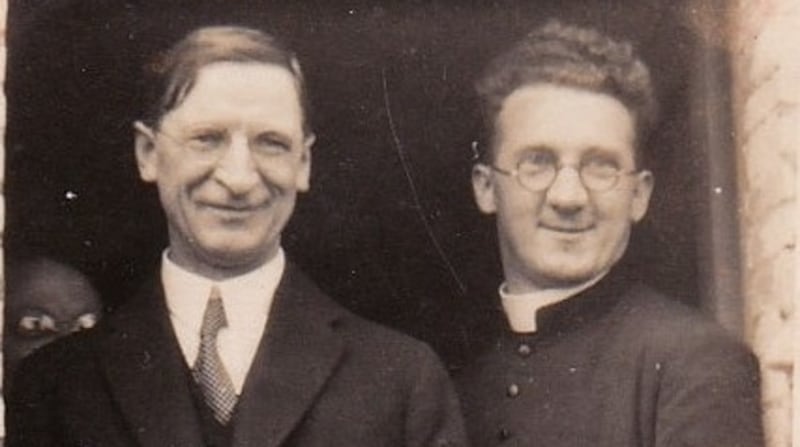
Monsignor O’Flaherty was particularly disgusted by the Nazi oppression of the Jews. There is one story that found its way into my narrative. A German Jewish couple came to him offering a gold chain to hide their child. He did better than that. He disguised them as a nun and a priest and hid their son in an orphanage for the duration of the war, returning the gold chain on liberation day.
It wasn’t just the clergy that helped out either. The wife of the Irish papal legate Dr John Kiernan, the renowned folk singer Delia Murphy and her beautiful, clever 19-year-old daughter Blon were soon roped into the Monsignor’s network. While Dr Kiernan adhered scrupulously to Ireland’s neutrality, Delia didn’t hesitate, even allegedly putting the diplomatic car to clandestine use, as an ambulance for injured prisoners of war.
As the UK lurches towards Brexit, another fascinating aspect was the harmonious co-operation of Monsignor O’Flaherty and the British. The current pope, whose humility shines through in the recent Wim Wenders film, has eschewed the splendour of the usual papal apartments in the episcopal palace for the more humble lodgings with his fellow clerics at Santa Marta Hospice. The new building occupies the spot where the British ambassador took refuge in the old hospice and plotted with the Monsignor.
As more and more British POWs sought refuge in the Vatican and the papacy grew nervous about compromising their precarious neutrality, ambassador Sir Francis D’Arcy Osborne joined forces with the Monsignor to put the Rome Escape Line on a more organised footing. The Ambassador, urbane, kindly, a friend of the King, helped supply the money. He also lent the services of his butler, John May, a benign Artful Dodger with endless contacts on the black market. The Monsignor deemed him the “most magnificent scrounger who ever lived.” They all held each other in high esteem. May described Hugh as one as the most charismatic men he’d ever met, “everyone adores him”.
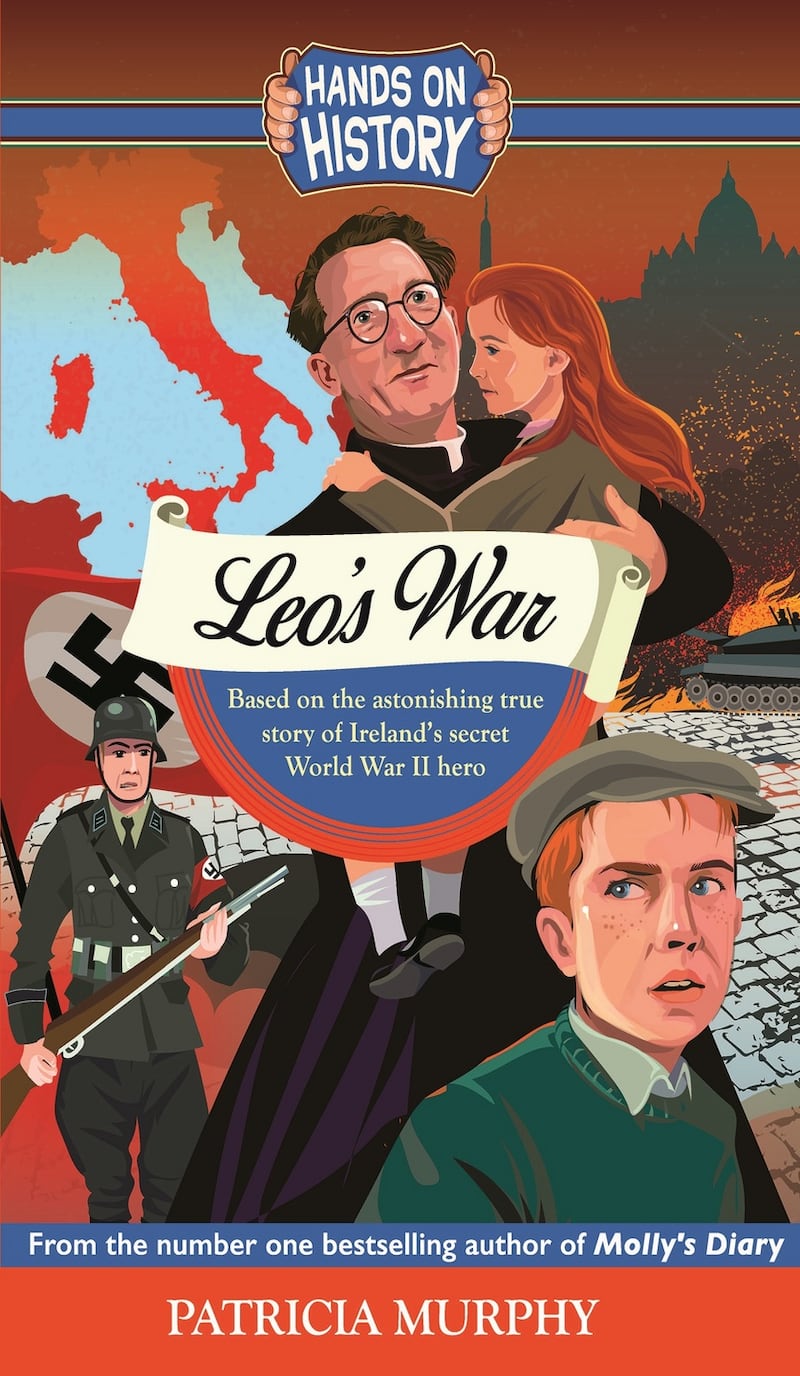
What ensued was perhaps the biggest game of hide and seek ever played in occupied territory. Thousands of prisoners, British, Russian, Polish, American, were spirited away, not just in religious houses but people’s homes from hovels to palazzos. One apartment used as a clearing house was right beside the Gestapo HQ – “sure the last place they’ll look is under their noses,” said Hugh.
Once again divine intervention or Hugh’s powerful charisma attracted the most daring helpers. Ordinary men and women who risked everything to hide POWs from ordinary privates to generals. These included an amazing Maltese widow Henrietta Chevalier who had seven children of her own. Her daughters danced to records on the gramophone to disguise the noise of the frequent extra “guests” grateful for her kindness and home cooking. She was also a quartermaster, arranging for black market supplies to be smuggled all over the city to feed the fugitives.
Hugh meanwhile was attracting the ire of the Nazi commander. Cold, fish-eyed Herbert Kappler, with a classic baddie’s scar on his left cheek, developed an obsession with the defiant Irishman. The monsignor was ordered through official channels to stay behind a white line drawn between the colonnades of the Vatican. To step beyond it would mean arrest and almost certainly death. This was where Hugh’s ingenuity and disguises came in. But it wasn’t a game. There were several foiled attempts by the Nazis and Fascists to hustle him over the line. Some of his helpers were executed including five at the terrible massacre at the Ardeatine Caves where 335 men were executed in one night in retaliation for a partisan attack that killed 33 Nazi soldiers.
Some of the British POWs also became lynchpins in the organisation. The dashing Major Sam Derry kept track of prisoners and money, hiding files in biscuit tins in the Vatican gardens. Scottish Bill Simpson and Jewish John Furman, who both spoke Italian, braved Nazi patrols daily to distribute supplies and money. In his memoir, Presbyterian Bill Simpson described Hugh as his “favourite hero” and remarked that not once did he speak religion or ram God down anyone’s throat.
In an astonishing postscript the monsignor was one of the few people to visit his old adversary Herbert Kappler in prison, the epitome of the “only following orders” Nazi. Several years later he baptised him into the Catholic church.
After the war Monsignor O’Flaherty was showered with honours. A Knight of the British Empire, a Congressional medal from the United States, a pension that he never claimed from the Italian government. But all he himself wanted was his old grey flannel golfing trousers that he’d lent to Bill Simpson. His lucky trousers for playing golf.
It's yet to be seen if Pope Francis is really a reforming pope or an orthodox pontiff with a flair for outreach and the common touch. But if he's serious about creating a humane modern church he could do worse than consider the example of Monsignor Hugh O'Flaherty, a humanitarian above all. He may not be a saint but the manner in which he saved an estimated six and a half thousand lives was near miraculous.
Leo's War: Ireland's Secret World War 2 Hero by Patricia Murphy is published by Poolbeg




















